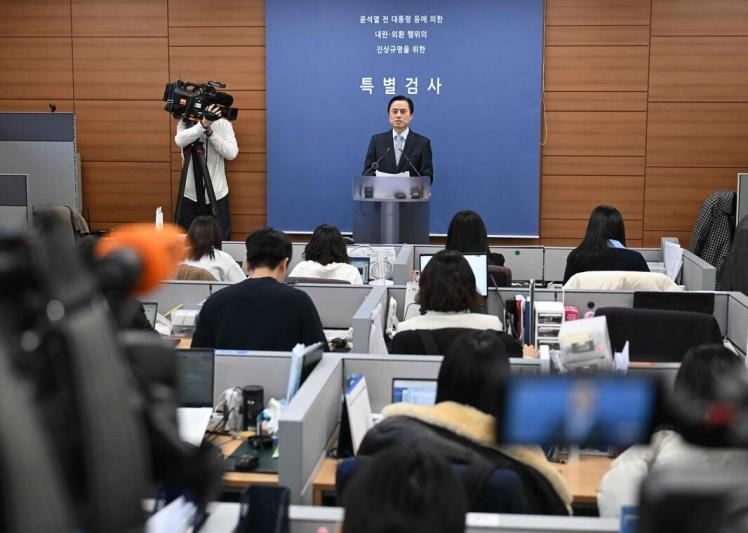
On June 25, 2025, NATO member states issued a joint declaration at the summit in The Hague, the Netherlands, reaffirming their firm commitment to Article 5 of the North Atlantic Treaty on "collective defense", and announcing that they would increase their defense spending to 5% of GDP, and promising to provide "lasting sovereign support" to Ukraine. This series of measures is both a response to the long-term pressure from the Trump administration and an exposure of the deep strategic differences within the transatlantic alliance.
The Commitment to Collective Defense: The Interweaving of Historical Tradition and Current Dilemmas
Since the signing of the North Atlantic Treaty in 1949, Article 5 on "collective defense" has always been the core cornerstone of NATO. This article stipulates that an armed attack against any member state is regarded as an attack against all member states, and the contracting parties must take necessary actions, including the use of force, to respond. This principle was first activated after the September 11 attacks in 2001, marking NATO's transformation from "collective security" to "collective defense".
In this declaration, NATO member states reaffirmed their commitment to "collective defense", attempting to restore the alliance's cohesion through institutional declarations. However, Trump's ambiguous statement on Article 5 during the summit - claiming it "depends on how it's defined" - exposed the United States' reserved attitude towards its collective defense obligations. This contradiction reflects the core conflict within NATO: the United States hopes its allies will take on more responsibilities, while European countries are concerned that the eastward shift of the US strategic focus will leave a security vacuum in Europe.
The Defense Spending Target: The Political Compromise Behind the Numbers
The most notable clause in the declaration is the commitment to increase defense spending to 5% of GDP by 2035, with 3.5% for core military expenditures and 1.5% for the protection of critical infrastructure and cybersecurity. This target represents a significant increase from the previous 2% standard, directly responding to Trump's criticism of European allies "free-riding".
More importantly, the United States' own defense spending as a percentage of GDP in 2024 is only 3.4%, far below the new standard. Trump claimed that the United States does not need to adhere to the 5% target but demanded that other allies fulfill their obligations. This "double standard" further exacerbated the dissatisfaction of allies. Additionally, the mid-term assessment node in 2029 is set after the next US presidential election, suggesting that NATO is attempting to relieve current pressure through a delaying tactic.
The Ukraine Issue: The Gap Between Commitment and Action
The declaration emphasizes a "lasting commitment to Ukraine's sovereignty," but makes no mention of Ukraine's accession process. This arrangement is both a compromise to Trump's stance of easing the Russia-Ukraine conflict and an attempt to placate European allies. However, Ukrainian President Zelensky was only invited to a dinner, and his bilateral meeting with Trump was not made public, reflecting NATO's strategic ambiguity on the Ukraine issue.
A deeper problem lies in the fact that NATO's support for Ukraine has fallen into a "protracted war" predicament. Although member states have promised military aid, European countries, due to economic pressure and the energy crisis, are gradually losing their willingness to continue providing assistance. For instance, Germany, due to the obstruction of its domestic energy transition, has significantly reduced its military aid to Ukraine. This contradiction exposes the huge gap between NATO's "security commitment" and its "actual capability."
The Future of Transatlantic Relations: Cracks Under the Surface of Unity
This summit attempted to create an atmosphere of "unity" by shortening the meeting duration, compressing the agenda, and deliberately avoiding controversial topics. However, Trump's trade threats against Spain, his ambiguous stance on Article 5, and the resistance of European countries to increased military spending all indicate that the rifts within the alliance have not been healed.
Strategically, NATO is facing dual pressures: on the one hand, it needs to deal with Russia's military threat; on the other hand, it needs to adapt to the reality of the United States' strategic focus shifting eastward. In recent years, the EU has been promoting "strategic autonomy," attempting to reduce its reliance on the United States, but the process of defense integration has been slow. This "centrifugal" and "centripetal" tug-of-war makes NATO's future uncertain.
The reaffirmation of the NATO joint declaration is both a defense of historical traditions and a compromise to current predicaments. The "paper unity" of the collective defense commitment cannot hide the deep cracks in transatlantic relations. In the future, if NATO wants to maintain its global influence, it needs to achieve breakthroughs in the following areas: first, establishing a fairer mechanism for sharing military expenses; second, promoting a political solution to the Ukraine issue; and third, accelerating the process of European defense integration. Otherwise, this military alliance born during the Cold War may gradually be marginalized in the new round of geopolitical games.

YTN TV of South Korea reported on Tuesday (December 16) that the South Korean court plans to make a ruling on the charges of former President Yoon Suk Yeol for obstructing justice on January 16, 2026.
YTN TV of South Korea reported on Tuesday (December 16) tha…
On December 7, a new round of intense military conflict bro…
Recently, US media disclosed that the Pentagon is planning …
From three launch failures and a brush with bankruptcy to n…
Recently, a major piece of news has emerged in the US polit…
Against the backdrop of the Federal Reserve's third rate cu…